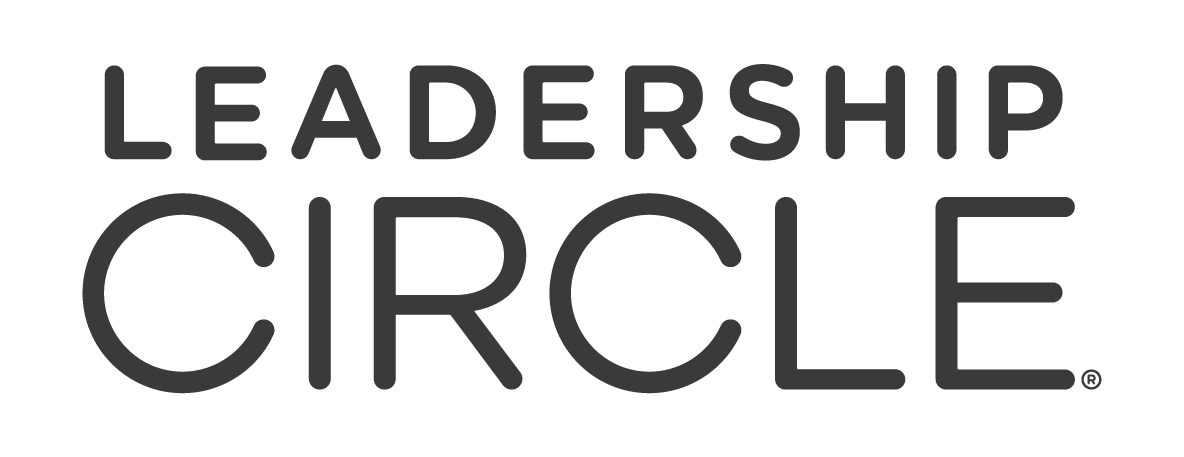Psychological safety is quickly becoming a leadership imperative for organizations striving to create a high-performance culture. By enabling open communication and encouraging innovative thinking, psychological safety can transform how teams operate, offering a competitive edge in an evolving market.
Why Psychological Safety Matters in Today’s Workplace
Psychological safety is the assurance that one can speak up, offer ideas, ask questions, or admit mistakes without fear of negative consequences. Studies, like Google’s Project Aristotle, have shown that teams with high psychological safety are more effective, innovative, and productive. In a world where change is constant, this cultural element allows teams to adapt swiftly and effectively, ensuring that they remain competitive and resilient in the face of challenges.
 Image Source: We Forum
Image Source: We Forum
The Four Pillars of Psychological Safety
Inclusivity
Inclusivity involves creating an open environment where diverse perspectives are valued. It’s about team members feeling comfortable sharing their unique viewpoints without judgment. This inclusivity fosters a rich tapestry of ideas that can lead to groundbreaking innovations. When everyone feels seen and heard, it enhances collaboration and nurtures a sense of belonging, critical factors for team success.
Safe to Fail
Encouraging a culture where failure is seen as a learning opportunity rather than a setback is vital. This pillar promotes experimentation and risk-taking, essential for innovation. When employees know they won’t be penalized for trying something new, they are more likely to contribute creative solutions and push the boundaries of possibility, leading to a more dynamic and forward-thinking organization.
Open Communication
Transparent dialogue is the backbone of a psychologically safe workplace. Leaders must cultivate an environment where honest conversations are the norm. By doing so, they build trust and ensure that issues are addressed proactively, rather than festering into larger problems. Open communication paves the way for continuous improvement and strengthens team cohesion.
Mutual Support
Mutual support within teams means that members are there for one another, offering help and emotional backing when needed. This creates a safety net, reassuring employees that they are not alone in facing challenges. It also reinforces the idea that success is a collective effort, fostering a collaborative spirit that can drive teams to achieve great things together.

Psychological Safety and Leadership Development
Leadership plays a pivotal role in establishing and maintaining psychological safety. Leaders who adopt a creative mindset focus on empowering their teams, encouraging autonomy, and fostering an environment of trust and openness. By contrast, reactive leadership, which often relies on control and fear, can stifle innovation and impede team growth. Real-world examples abound of leaders who have successfully embraced psychological safety, transforming their teams and driving significant business outcomes.
Assessing Psychological Safety in Your Team
Understanding the current state of psychological safety within your team is essential. Leaders can employ surveys to gauge overall sentiment, looking for signs like high turnover or low engagement, which may indicate underlying safety issues. By collecting and analyzing feedback, leaders can identify areas for improvement and implement strategies to enhance team dynamics, ensuring that all voices are heard and valued.
Practical Steps to Build Psychological Safety
Building psychological safety requires deliberate effort and commitment. Leaders can start by practicing active listening, which involves giving full attention to speakers and showing empathy for their experiences. Modeling vulnerability, such as sharing personal setbacks and lessons learned, can also demystify failure and encourage openness. Additionally, establishing structured risk-taking opportunities and constructive feedback loops can foster a culture of continuous learning and improvement.

Overcoming Common Barriers to Psychological Safety
Challenges such as unconscious bias, micromanagement, and resistance to change can undermine efforts to cultivate psychological safety. Leaders must work to raise awareness of these issues and implement strategies to overcome them. By promoting empowerment over control, leaders can create an environment where employees feel safe to innovate and express themselves freely, driving the organization toward greater success.
Psychological Safety’s Impact on Organizational Performance
The benefits of psychological safety extend into tangible business outcomes. Research from McKinsey and Harvard Business Review highlights the positive correlation between psychological safety and enhanced performance, innovation, and employee retention. Organizations that prioritize psychological safety find that they are better equipped to harness the full potential of their workforce, leading to sustained competitive advantage.

Conclusion
Psychological safety is more than just a buzzword; it is a foundational element of modern leadership that can drive significant improvements in team performance and organizational success. By understanding and implementing strategies to enhance psychological safety, leaders can unlock the full potential of their teams, fostering a culture of innovation, resilience, and excellence. For those ready to take the next step in their leadership journey, the Leadership Circle Profile assessment offers valuable insights into building a workplace where psychological safety thrives.






Your blog is a beacon of light in the often murky waters of online content. Your thoughtful analysis and insightful commentary never fail to leave a lasting impression. Keep up the amazing work!
Thank you Joannie! We aim to give helpful information in everything we do. We appreciate readers like you!
My brother suggested I might like this blog He was totally right This post actually made my day You can not imagine simply how much time I had spent for this info Thanks